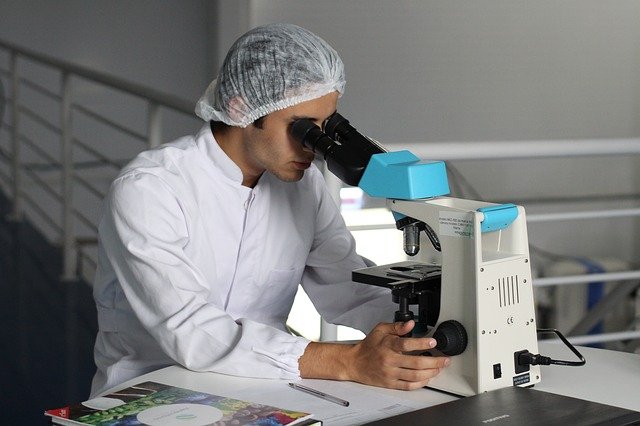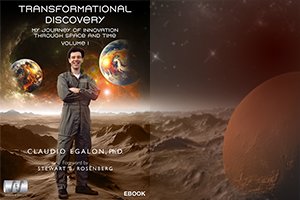
22 October 2015: Bio-Investigations Ltd. would like to take this opportunity to express our sincere appreciation and gratitude to the Clients we have provided service to, over the past years. As we approach our 30th Anniversary, it is a very appropriate time to recognize the corporations, universities, and entrepreneurs with whom we have been blessed to work, and to provide our expertise in so many different areas, with a special emphasis in technology and market assessments. To all of those who have provided us not only the opportunity to contribute, but have contributed so much to the evolution of Bio-Investigations Ltd., we are eternally grateful.
As the world continues to change and information becomes increasingly more complex, the way with which we conduct market and technology assessments has similarly evolved. Concomitantly, we have seen an explosion in the advancement of computer technology, evidenced in so many fields of medicine. “More information” is not always positive. One needs to look no further than the new guidelines released by the American Cancer Society this week for mammograms, which includes the raising from 40 to 45 the age that a woman of average risk begins regular screening. While “technology” has advanced with the sophistication within diagnostic imaging, there needs to be a fruitful path, and outcome, for which information transmitted to a patient by their physician may be helpful. It is a generally accepted principle that with advancements in science, technology, and market assessments that society has benefited. Yet, as we may see from the American Cancer Society’s decision to change a guideline, there is the ever-increasing need to recognize and measure the risks that are associated with every technologic advancement. While there are many ways to determine when and how the benefits outweigh the risks, one historical way has been to estimate a desirability quotient (DQ), defined as the ratio of benefits to risks. The American Cancer Society went through an approach which incorporated this concept, when they raised the breast cancer screening age; they incorporated into their thinking the anxiety and needless treatment that resulted both from false positives and overdiagnosis. While technology has improved, knowing how to manage technologic advancement should be a “driver” in increasing desirability quotients. With two other major groups recommending different ages (i.e., 40 and 50), each organization has gone through a similar process, yet arrived at a different “outcome,” or recommendation. This is primarily because while risk assessment involves personal and social decisions, it may often be enhanced by further scientific investigation, or “greater rigor to existing data.” When one determines benefits it is primarily a social judgment. Hence, desirability quotients and risk-benefit analysis becomes overall “judgmental.”
“Greater rigor to existing data” may be demonstrated by another “discovery” in breast cancer intervention, in this case not in diagnostics, but rather in therapy. Tamoxifen was first marketed as a fertility drug, yet went on to become a primary treatment for breast cancer. For many years it has been a first line of treatment. Aromatase inhibitors, which suppress hormones, have recently been cited in reducing recurrence rates of breast cancer. In addition, through additional assessment of key data through a collaborative organization in the UK, there were supplementary findings which provided insight on the effect of this class of inhibitors on death risk. While benefits to patients may come through technologic discovery, in this case we see how further scrutiny of existing data may provide equally important benefits.
While the first cited example of the American Cancer Society’s decision to change a diagnostic guideline and the second example of the therapeutic role of aromatase inhibitors in breast cancer treatment are projects upon which we have not contributed, they serve well to exemplify our thinking at Bio-Investigations Ltd., in the continued evolution and refinement of our recommendations, within technology and market assessments. Evaluating risks and benefits — not merely reporting findings — has always been a landmark attribute of all of our projects. In a pure business environment, we may equate the concept of “risk-benefit analysis” to an analogous concept used by many, including Michael Porter in Competitive Strategy: Technologies for Analyzing Industries and Competitors (i.e. “SWOT*” analysis, dating back to the 1960’s and 1970’s, sometimes credited to Albert Humphrey).
As David Holveck ( Colleague, Mentor, and former President of Centocor, Key Executive of Johnson & Johnson, former President of Endo Pharmaceuticals, among other distinctions) communicated to me five years ago, upon our 25th Anniversary at Bio-Investigations Ltd., “ the first twenty-five years at Bio-Investigations included great accomplishments, here’s to the next twenty five years being even better………,“ we thank all of our Clients, as we approach another milestone.
* Strengths, Weaknesses, Opportunities, and Threats

